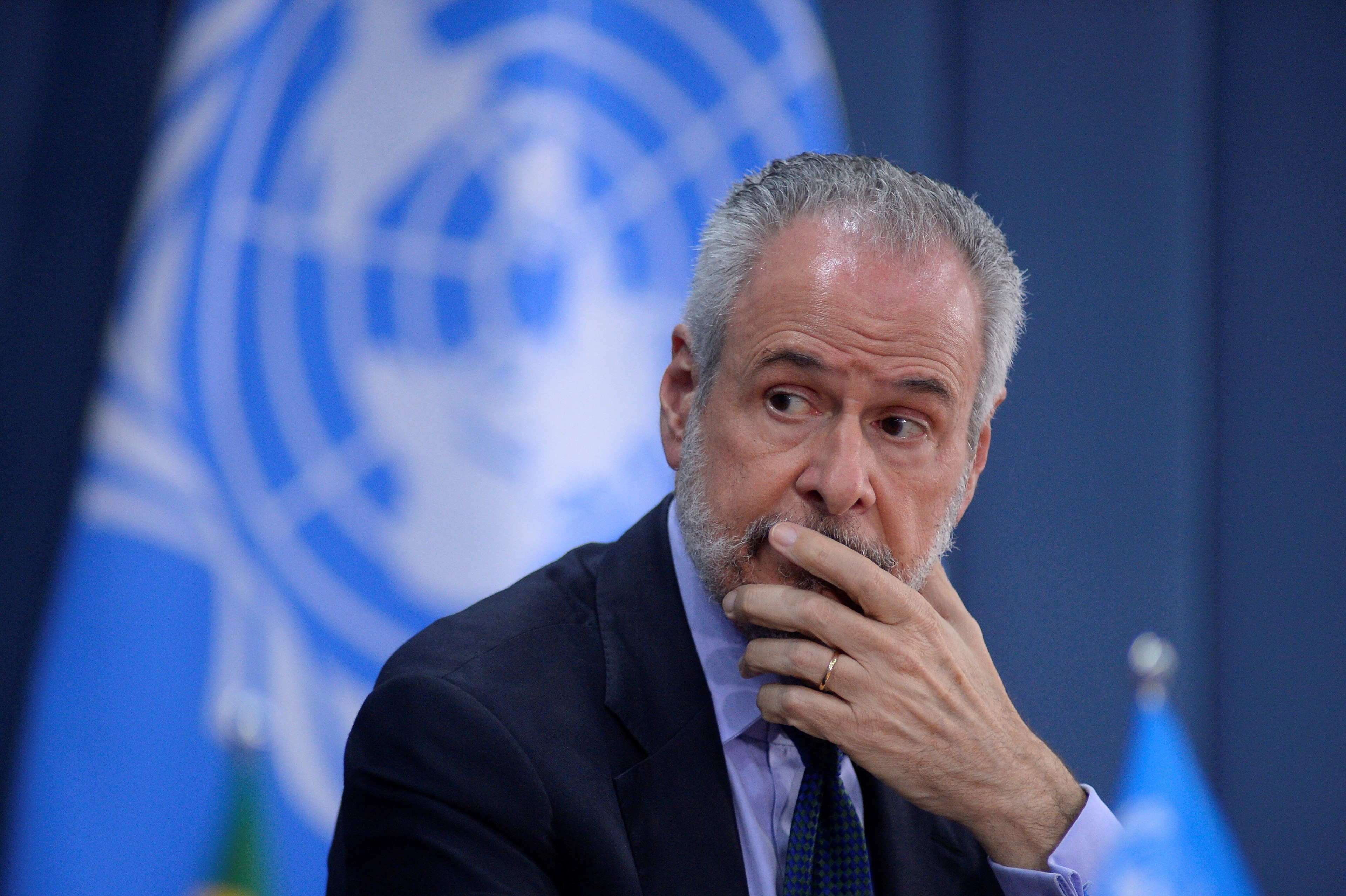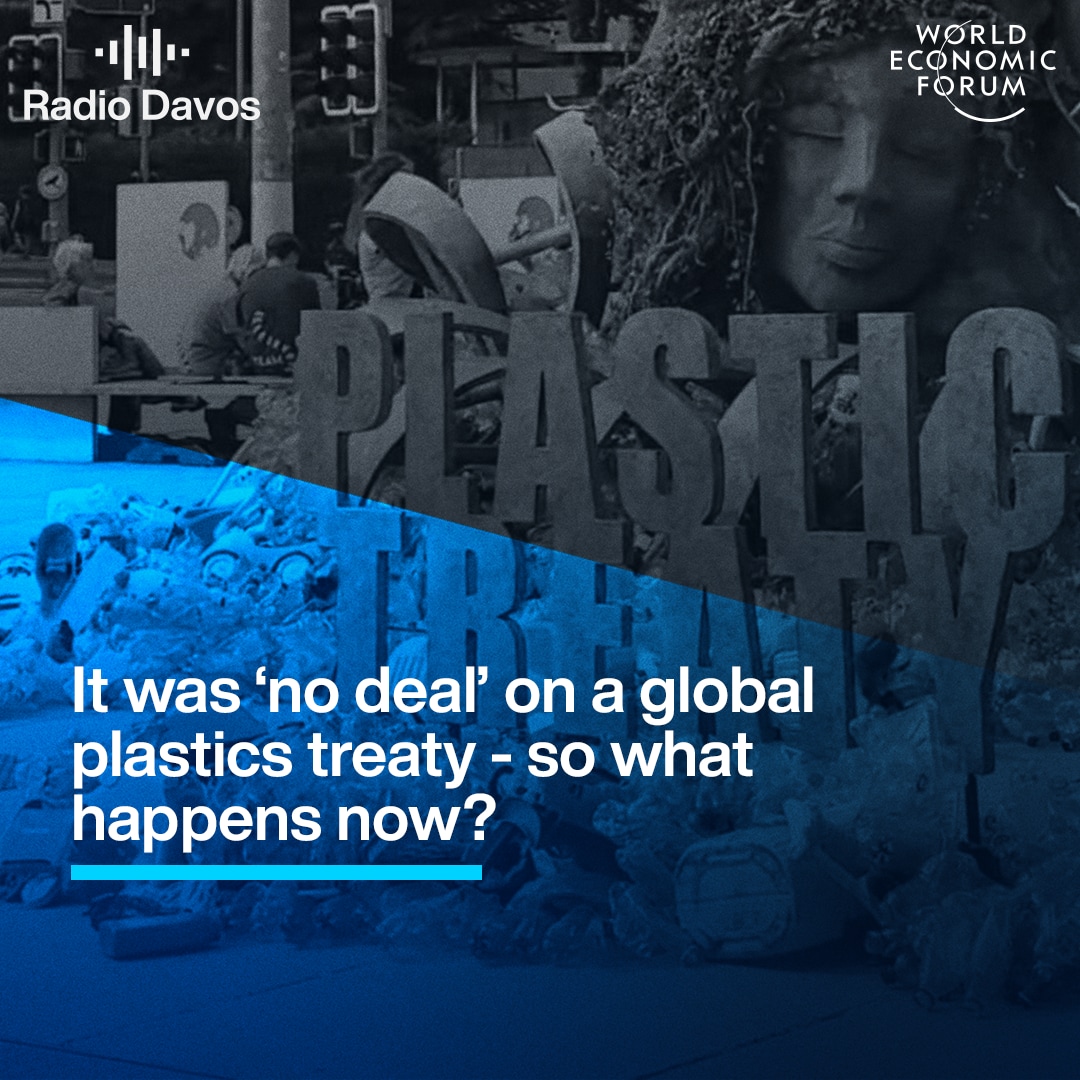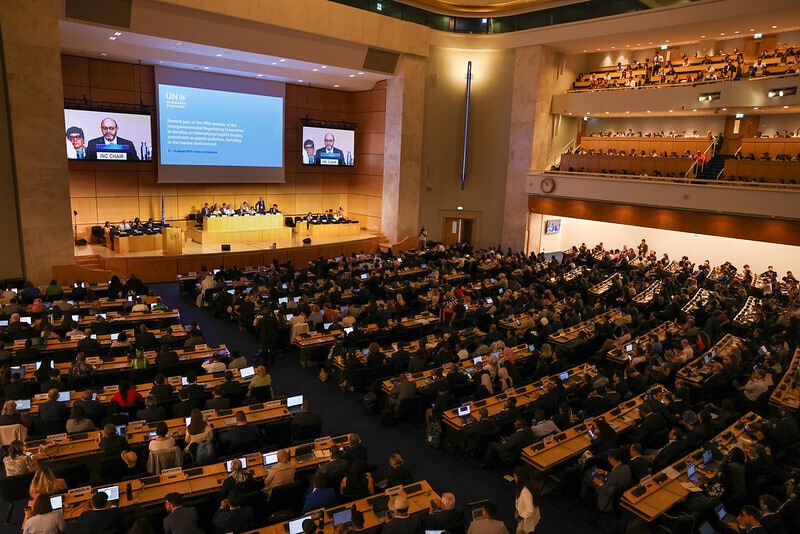A new NASA tool predicts how high seas will rise in your city if these glaciers melt

Research from NASA shows how glaciers melting across the world will affect flooding in various cities.
Image: REUTERS/NASA
Stay up to date:
Future of the Environment
Glaciers in Greenland are melting at an increasingly rapid pace, partially due to rising global temperatures caused by human activity.
Though Greenland and Antarctica are far from cities like New York and London, the melting glaciers in both regions are expected to raise sea levels enough to change many of the world's coastlines.
But different glacial systems will affect different cities to varying degrees, according to new research from NASA. These disparities depend on where and how much different glaciers feed water into the ocean, and where that water flows.
The scientists created an interactive tool that allows users to pick from 293 coastal cities and see how those areas could be affected if particular ice masses melt into the ocean.
New York, for example, should mostly worry about three major glaciers in Greenland’s northeast and northwest: the Petermann, Zachariae, and Jakobshavn glaciers. London should worry most about the northwestern part of the Greenland ice sheet. Sydney should actually fear the loss of parts of Antarctic ice that are farther from Australia more than the ones that are closer.
This image shows which areas of Greenland threaten NYC the most. The red portions would have the greatest effect on the city's coastlines:

If Greenland's Petermann, Zachariae, and Jakobshavn glaciers all melt, the world's seas would rise an average of four inches, NASA predicts. If that happens, Miami, Florida would see roughly that amount of local sea-level rise, but Rio de Janeiro, Brazil would see 124% of that average, or over five inches.
Previous NASA research has suggested that Antarctic ice loss is a major threat to the US East Coast. If west Antarctica collapses, the world could experience an average of four feet of sea level rise. The East Coast, though, would experience 14 to 15 inches above that.
This latest study also builds on previous research that has highlighted other effects of glacial melting, including the way it has warped the Earth's crust and slightly altered the planet’s axis of rotation.
The researchers hope that coastal planners will use their newly developed tool to inform decisions about how cities should adapt to climate change, especially with respect to how individual glacier behavior relates to sea-level rise.
"As cities and countries attempt to build plans to mitigate flooding, they have to be thinking about 100 years in the future and they want to assess risk in the same way that insurance companies do," NASA senior scientist Erik Ivins told the BBC.
Don't miss any update on this topic
Create a free account and access your personalized content collection with our latest publications and analyses.
License and Republishing
World Economic Forum articles may be republished in accordance with the Creative Commons Attribution-NonCommercial-NoDerivatives 4.0 International Public License, and in accordance with our Terms of Use.
The views expressed in this article are those of the author alone and not the World Economic Forum.
Related topics:
Forum Stories newsletter
Bringing you weekly curated insights and analysis on the global issues that matter.
More on Nature and BiodiversitySee all
David Elliott
August 27, 2025
Tom Crowfoot
August 20, 2025
Chavalit Frederick Tsao
August 19, 2025
Andrea Willige
August 15, 2025
Tom Crowfoot
August 14, 2025





